
Owner's Manual - For Historically Designated Homes & Buildings
Mckinze Casey February 6, 2024

Mckinze Casey February 6, 2024
By owning a designated building you are a steward of Denver’s heritage. Living in a historic building is the best of both worlds you can celebrate historic character while enjoying the benefits of modern living. Historic Denver, a private non-profit, has partnered with the City of Denver’s Landmark Preservation Commission to provide helpful information concerning designation and the processes required when making changes to your building. We hope to debunk common misconceptions and clarify the processes, benefits and responsibilities that are part of owning a designated home. The city’s preservation program recognizes the need for contemporary and economical use of historic buildings, and the design review process was put in place to balance the historic qualities with the demands of today. Many successful projects have resulted from the collaboration of the Landmark Preservation Commission and property owners, and the more you know about the process before beginning your project, the simpler it will be.
There are three types of landmark designation, each put in place to honor a building’s historical, architectural or geographical value. A building can be listed on just one or all three levels. This brochure will focus mainly on local designation, because it is the only level of designation that requires review when alterations are made, but we want you to know a little about all three.
The National Register of Historic Places is managed by the National Park Service in conjunction with the State Historic Preservation Office. Unless a property is exceptionally significant, a structure must be at least 50 years old to be considered. Listing your building on the National Register recognizes its significance, but does not provide any protection from demolition or alteration. Buildings listed on the National Register are eligible for tax credits for rehabilitation projects. For more information, visit www.nps.gov
The State Register is managed by the Colorado Historical Society’s Preservation Office. Properties listed on the National Register are automatically listed on the State Register. Buildings can also be listed separately on the State Register. Like the National Register, properties must be at least 50 years old to be considered, are not protected from demolition or alteration, but may be eligible for the State Income Tax Credit. In Denver, such projects are reviewed by the Denver Landmark Preservation Commission. For more information, please visit www.denvergov.org/preservation
In Denver, local landmarks and historic districts are regulated by the city of Denver’s Landmark Preservation Commission. The city ratified the Landmark Preservation Ordinance in 1967. Since then, over 300 individual landmarks and nearly 50 historic districts have been designated. Designation can apply to a single structure or a district. A historic district designation considers the value of a collection of buildings, rather than just one. Buildings within the district are distinguished as ‘contributing’ or ‘non-contributing.’ Contributing buildings were present during the district’s period of significance. Non-contributing buildings are located within the district boundaries but were constructed outside the period of significance or are no longer recognizable as such.
Locally designated buildings and contributing buildings in a historic district may be eligible for the State Income Tax Credit. In Denver, applications are reviewed by the Denver Landmark Commission. For more information, please visit www.denvergov.org/preservation
According to Denver’s Landmark Preservation Ordinance, a building or district may be designated at the local level if it meets at least one criterion in two of the three following categories:
Living in a designated home doesn’t mean you cannot update some of the building’s dated elements. Acceptable projects include compatible additions, alterations, rehabilitation and restoration. However, if your building is a locally designated landmark or in a historic district you are required to have proposed changes that affect the exterior of your property reviewed and approved by the Landmark Preservation Commission (LPC).
The Landmark Preservation Commission (LPC) is responsible for “designating, preserving, enhancing, and perpetuating structures or districts of architectural, historical, or geographical significance within the City”. The LPC is comprised of nine members who are appointed by the mayor with nominations from the chair of the planning board, the Denver chapter of the American Institute of Architects, the Colorado Historical Society and the Colorado Chapter of the American Society of Landscape Architects. Each member serves a three year term, and is not compensated. There is also a Lower Downtown Design Review Board and an advisory board for the Country Club Historic District.
The LPC has adopted the Secretary of the Interior’s Standards for the Treatment of Historic Properties for guidance in reviewing projects. The Standards are a publication created by the National Park Service and are heavily relied on by preservation professionals across the country. The city also uses local guidelines which are specific interpretations of the Standards.
All of the design guidelines are available on the city’s website, www.denvergov.org The Standards are available online at www.nps.gov.
First, determine if your project requires review. A phone call to the city’s preservation staff can answer your questions and assist you in the process. Projects that require review include proposed demolition, new construction, additions and exterior alterations, including window replacement. Projects that do not require review include interior work that does not alter the exterior and work that does not require a building permit. Once you have determined the scope of your project, it is time to begin the city review process. Remember, staff members are available for questions!
Buildings that are individually landmarked or located in a historic district (at the local level) cannot be demolished without approval from the LPC, which is granted only in unusual or extreme circumstances. For information, please contact city staff.
Many homeowners are concerned about heavy restrictions if they live in a designated home or are considering applying to have their home designated. In reality, there is significant flexibility. The design review required as part of a proposed project can be very helpful and result in a successful project that provides you with new, modern amenities that are sensitive to your property’s historic character
In the preservation world, the phrase “the greenest building is one that is already built” has become a mantra. Many historic homes are inherently ‘green’: thick masonry walls help keep buildings cool in the summer and retain heat in the winter, operable windows were designed with passive cooling in mind and houses were often constructed with local materials. The embodied energy, or total energy, used to construct and maintain the building is significantly less than the energy consumption required to demolish an old structure and construct a new one. Learn more about easy upgrades you can make to increase efficiency by visiting the National Trust for Historic Preservation’s website www.preservationnation.org
It is widely accepted that historic preservation is a tool for economic development, and studies have shown that property values for buildings located in historic districts are often stabilized. This occurs in part because of the investments made to rehabilitate the homes as well as the added prestige of owning a designated structure. In Denver’s local historic districts you are assured that alterations to adjacent properties must go through the review process, to help insure that that the neighborhood’s overall character remains intact. To view studies on the topic visit the National Trust for Historic Preservation website: www.preservationnation.org
While designation is the most common tool for preservation, preservation easements offer an additional possibility. Property owners can elect to donate an interest in their building to an approved non-profit or government organization, which can then monitor and enforce the preservation of the property. Preservation easements generally protect a building from demolition or damaging modifications and require that the property be maintained in good condition. While most preservation easements specifically protect the exterior facades of a building, in certain circumstances easements can be used to protect the interior features of a historic structure. An easement “runs with the land” – meaning it is perpetual and remains in place when the property is sold. Buildings designated at the national, state or local level are eligible to donate a façade easement. For more information, please visit www.historicdenver.org.
Many people jump to window replacement as a solution to making their home more energy efficient. This happens because of the common misconception that single-pane glass or wooden frames lead to energy loss, when in fact most of the problems are caused by gaps or ‘leaks’ in the window surround, which can be addressed without extensive work or replacement. Maintaining original windows retains the historic character of your building, keeps debris out of landfills and if taken care of, older windows can last centuries, while newer brands often last only a few decades. For these reasons rehabilitation or restoration of historic windows is almost always preferred to replacement. However, if windows are deteriorated beyond repair or are non-historic, window replacement is an option. Design guidelines specify that such replacements be comparable to the original windows in terms of material, size and configuration.
Historic Denver’s Preservation Hotline If you have a question about your house, designation or a project you’d like to do, you can call Historic Denver’s office at (303) 534- 5288 for general advice and pointers. Contractor Resource List Members of Historic Denver, Inc. have exclusive access to a Contractor Resource List- a comprehensive list of experts, contractors and craftspeople specializing in the restoration, repair and maintenance of historic homes. Please visit www.historicdenver.org for more information. National Parks Service Preservation Briefs For detailed information on how to successfully preserve, restore or rehabilitate your home, the National Parks’ Preservation Briefs are invaluable. Topics include how to properly clean masonry, repair windows, and dispose of lead paint. The preservation briefs are free and available at nps.gov/history/hps/tps Secretary of Interior’s Standards Initially created to determine the appropriate method of preservation, rehabilitation and restoration for projects benefiting from Federal Tax Incentives, the Standards are now widely used by homeowners and city municipalities for guidance. The guidelines are available at nps.gov/history/hps/tps/standards_guidelines.htm. Rehab Yes/No Online Learning from NPS The National Park Service’s Rehab Yes/No Online Learning website is an interactive resource to illustrate compatible and incompatible preservation projects. Visit nps.gov/history/hps/rehabyes-no/ Historic Research at the Denver Public Library The Denver Public Library is a great resource for researching your building and has an extensive online database of historic images. Located at 10 W. 14th Avenue, Denver, CO 80204. denverlibrary.org Researching the History of Your House (or Other Favorite Building) The Colorado Historical Society provides a comprehensive guide to researching a building using the resources available in the Denver area. This guide may be found at: coloradohistory-oahp.org/publications/identifying.htm
From our friends at: www.Historicdenver.org
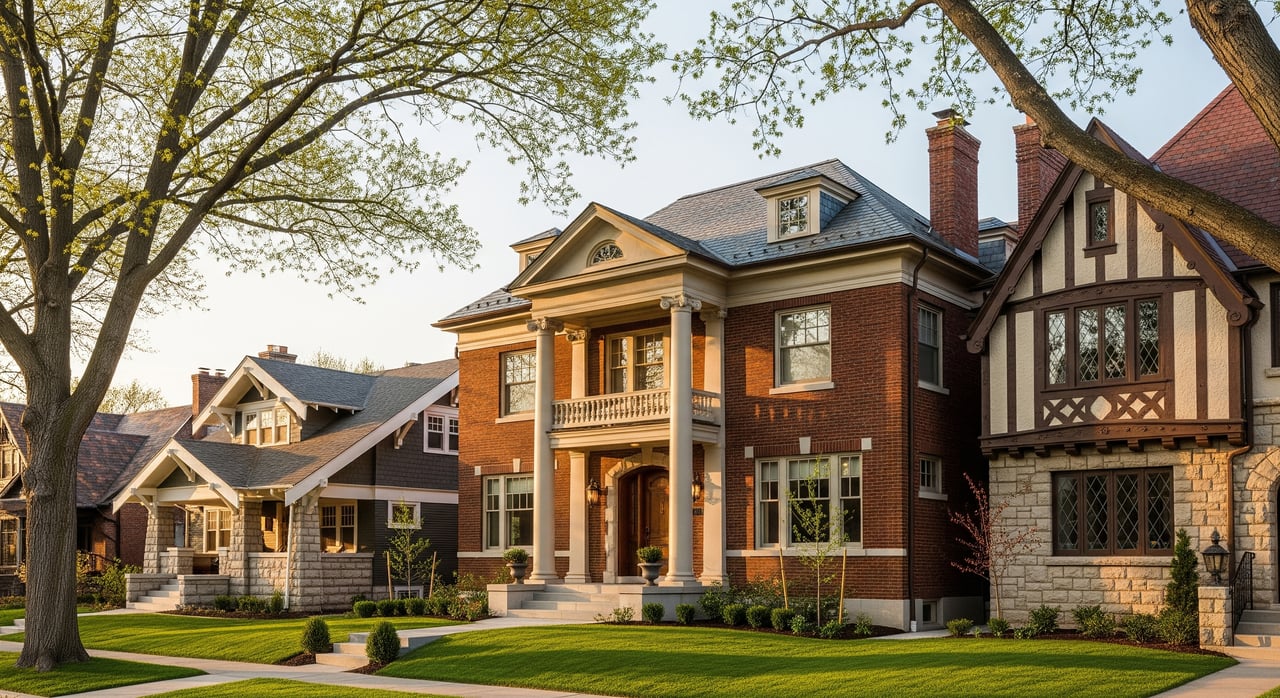

What Has Happened, What to Expect, and Seller Strategies for Q1

What Has Happened, What to Expect, and Buyer Strategies for Q1
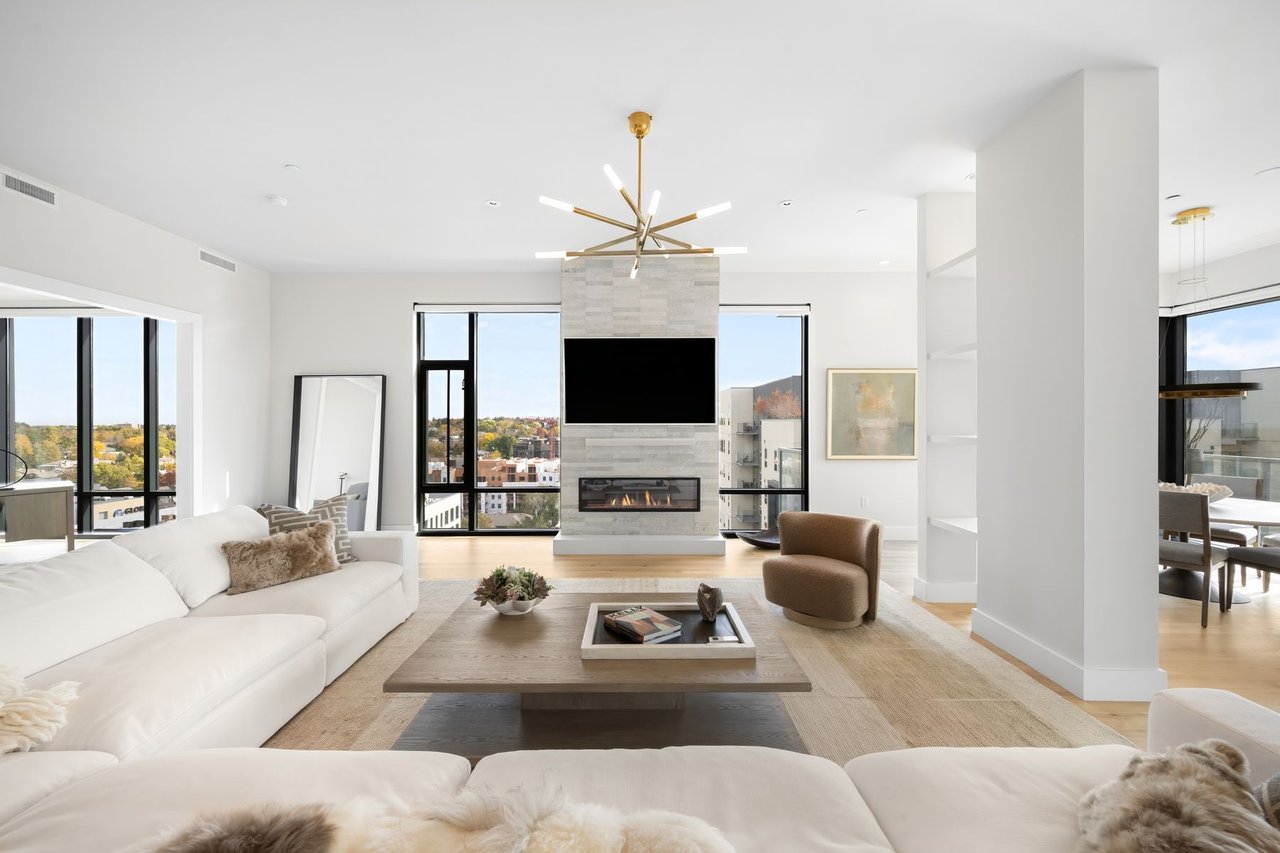
Market Opportunities
Denver Neighborhood Feature

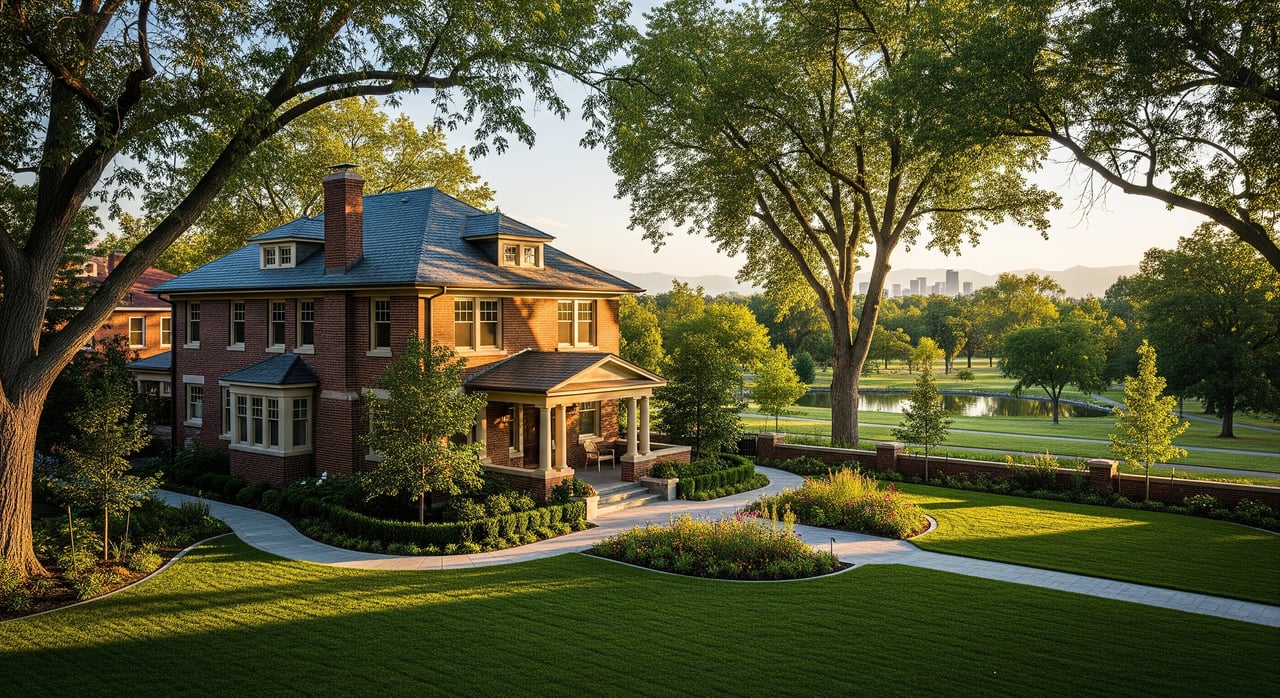
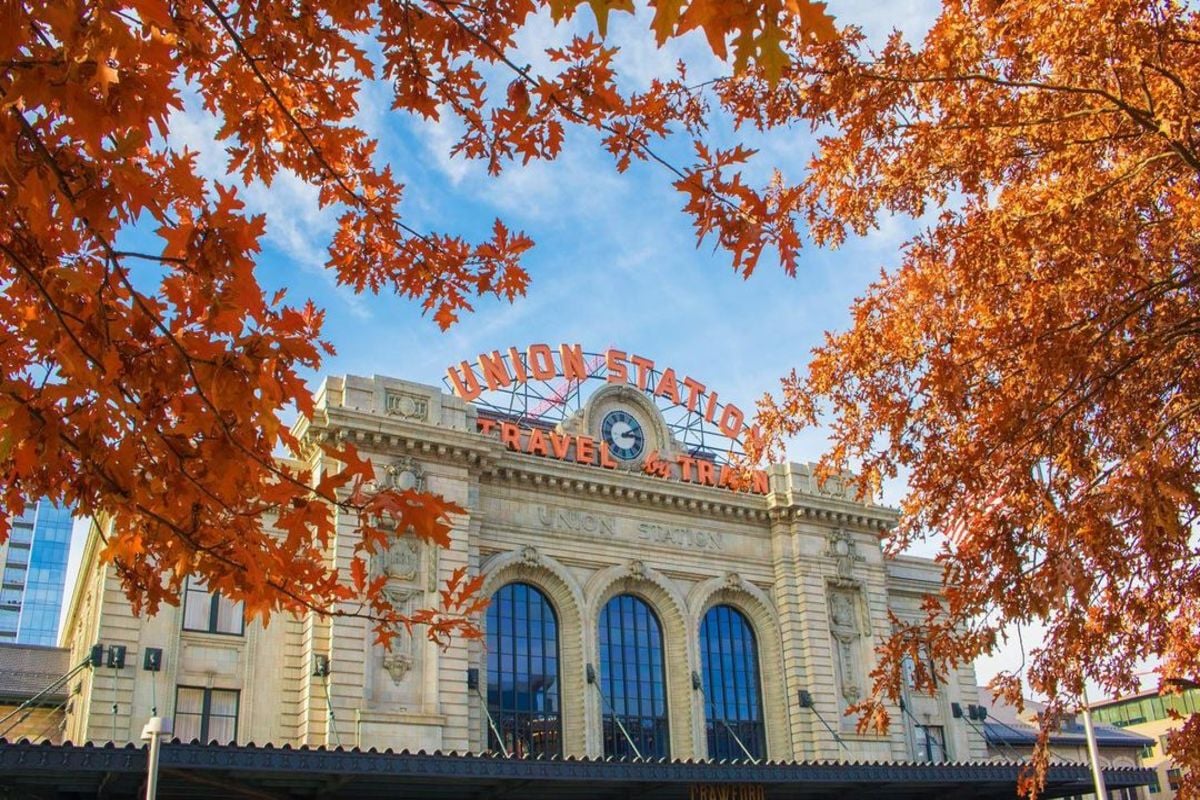
Market Opportunities
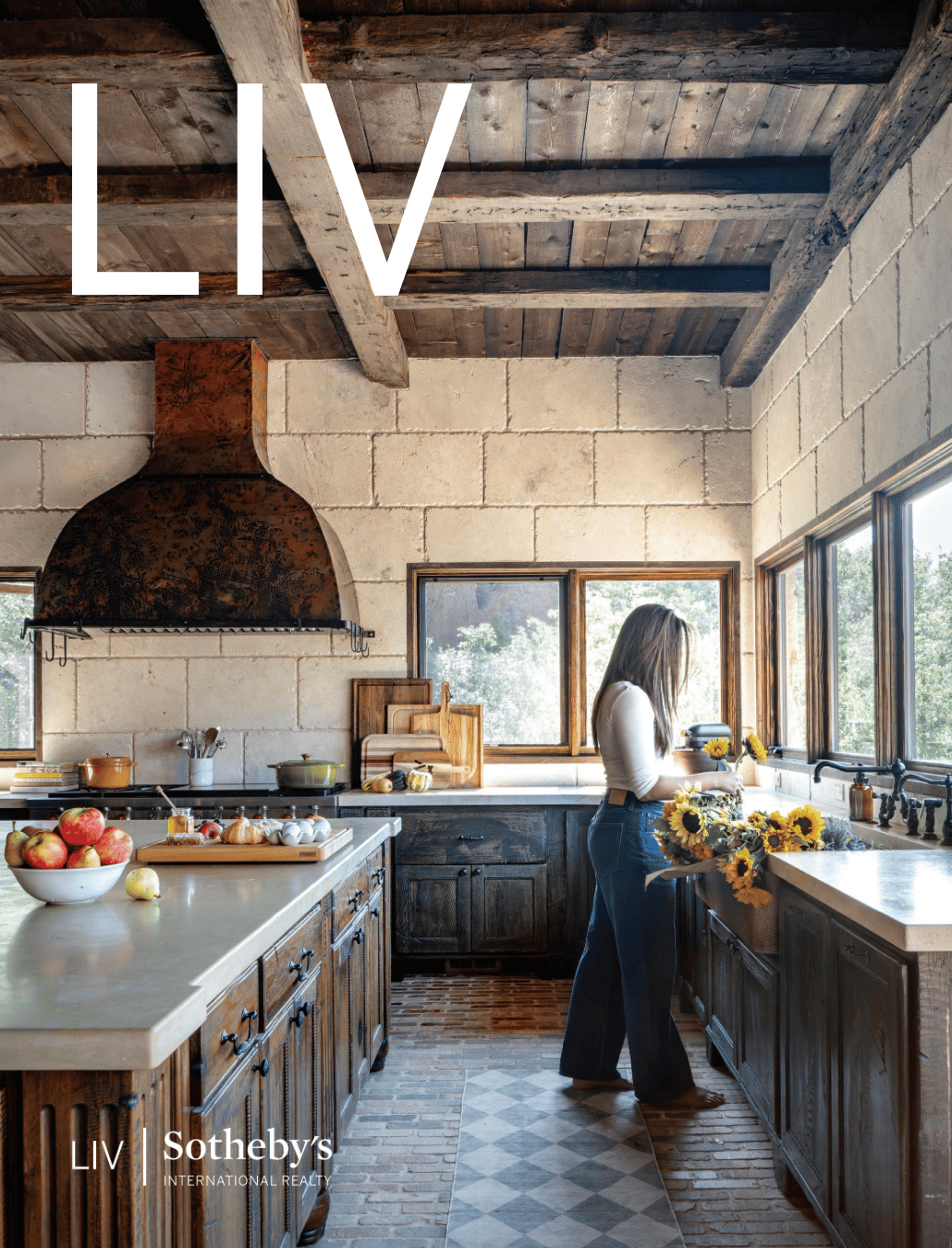
Market Opportunities
Fall 2025 Edition

Market Stats
Ready to turn your homeownership dreams into reality? Fantastic! Drop us a line below—because making magic happen is more fun when we do it together. Let's chat about your home aspirations and turn them into a blockbuster story. Ready, set, type away!